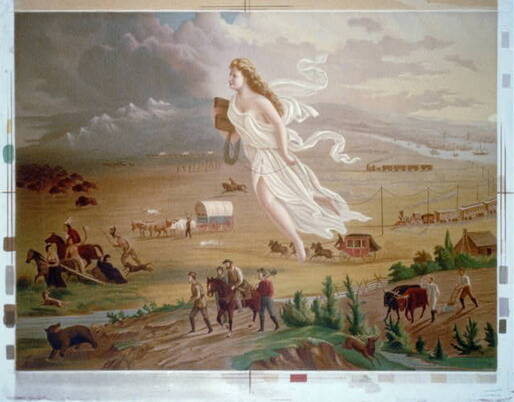‘In Memory of the Irish Soldiers of the Heroic San Patricio Battalion, Martyrs who gave their Lives for the cause of Mexico during the Unjust American Invasion of 1847.’
- Inscription from a stone plaque erected at Villa Obregón, a suburb of Mexico City.
The San Patricios: the Irish who fought for Mexico
Return to Courage and Conflict
